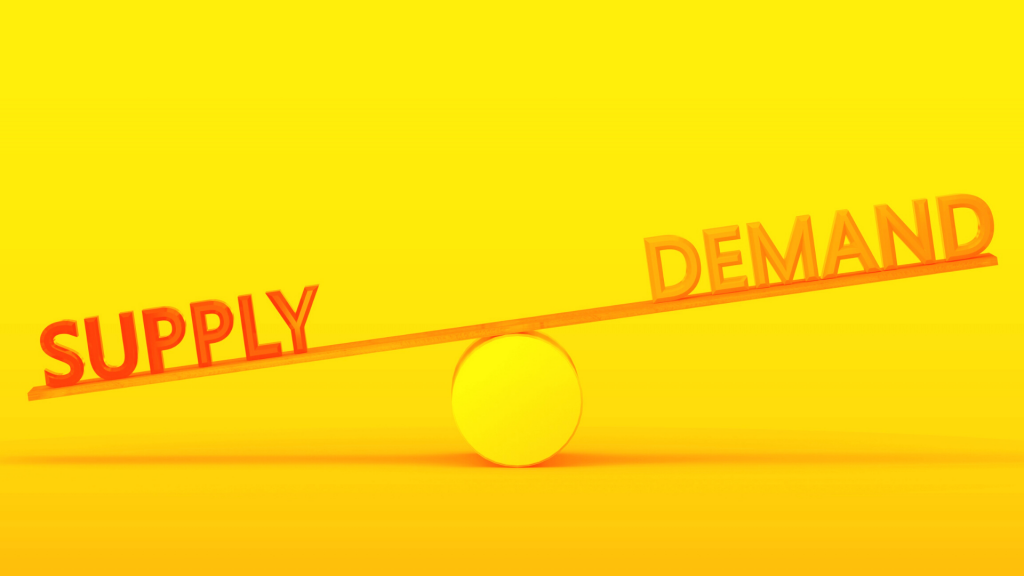It’s no secret that goods and services are in short supply these days. But why is that the case? Economics tells us that all goods and services are scarce because of the basic laws of supply and demand. Let’s take a closer look at why economists believe this to be true.
What are goods and services?
Goods and services are the basic components of the economy. They can be thought of as the things that we produce and exchange to satisfy our needs and wants.
Most people are familiar with goods, such as cars, food, and clothing. Services, on the other hand, are less tangible. Examples can include haircuts, legal advice, home maintenance services (like drainage installation provided by drainage contractors), and car repairs. However, that’s not it! There could be many more examples that can fit in the list of both goods and services.
Why are they in short supply?
So, why do economists believe that all goods and services are scarce? There are many reasons why goods and services are in short supply. One reason is that there is not enough land to produce all the goods and services that people want.
Another reason is that some goods, such as oil, are in limited supply. This means that not everyone can have them, and they are expensive to produce.
Finally, some services, such as healthcare and education, are in high demand but there are not enough teachers or doctors to meet the demand. This means that there is often a long wait to get these services.

How does the law of supply and demand play into this?
The law of supply and demand is a fundamental economic principle that governs how scarce resources are used. The law states that when there is high demand for a good or service, the price of that good or service will increase.
Conversely, when there is a low demand for a good or service, the price of that good or service will decrease. This law helps to ensure that resources are allocated in the most efficient way possible.
Ultimately, when the demand for goods is greater than the supply, this can lead to shortages. All goods and services are therefore scarce to an extent. The reason for this is that there are always more wants than there are available resources to fulfill those wants. If resources are limited, we must prioritize and ration them in a way that allows us to get the most benefit from them.
Read More: How To Set-Up A Successful Business
What can be done to address this issue?
Increasing production
One way to increase production is to incentivize businesses to produce more scarce goods. This can be done through tax breaks, subsidies, or other financial incentives.
Another way to increase production is to make it easier for businesses to operate. This can be done by reducing regulations and government interference.
Finally, increasing the availability of resources involved in factors of production, such as land, labor, and capital, can also lead to an increase in production. However, in the quest of earning more revenue and manufacture more products, the safety of the workers cannot be compromised. The factory needs to have appropriate safety equipment like helmets, gloves (by Unigloves or a similar supplier), fire extinguishers, or any other device required for specific machinery.
Encouraging innovation
To encourage innovation, we need to create an environment where people feel safe taking risks. This means instituting policies that reward risk-taking and creativity while minimizing the consequences of failure.
It also means cultivating a culture where it is okay to make mistakes, and where everyone is encouraged to share their ideas. Keep your employees motivated and engaged with their work. The HR department can do significant changes with the help of service providers like hansenbeck.com. Finally, it means providing the necessary resources – financial, emotional, and intellectual – to support innovation.
Allocating resources more efficiently
There are limited resources in the world, and it’s important to allocate them efficiently if we want to make sure everyone has what they need. Sustainability should be taken seriously. Businesses can utilize sustainability monitoring software (for example, check this resource from Greenstone) for judicious use of resources because these natural resources are becoming more and more limited.
That means that if you spend your money unwisely, it’s not just an organization that will suffer – everyone who depends on the organization will feel the impact. Here are some tips on how to do that:
- Be sure to allocate resources to areas and departments with the most need.
- Keep your eye on prices so you don’t overpay for things and spend money wisely so it’s not wasted.
- Buy materials in bulk to save on costs.
Price controls
Price controls are a type of government intervention in the market that attempts to regulate the prices of goods and services. There are a few different types of price controls, but they all have the same goal: to make sure that prices don’t rise too high or fall too low.
One of the main problems with price controls is that they can affect the demand for goods and services. For example, if the government sets a price ceiling (a maximum price) on a good, people may want to buy more of it if it’s now cheaper than before.
But because there isn’t enough supply to meet the new demand, the price will eventually start to rise until it reaches the equilibrium price (the price where desires of consumers and producers agree). After this point, there is always a chance people will stop buying the goods since they will no longer be able to afford them.
This is why price controls are never a long-term solution for keeping prices stable. If the government has an agenda that involves keeping prices low, there are other more effective ways to do it than through price controls.
Reducing demand
There are a few ways organizations can manage demand for goods and services:
- Learn from the example of others: Another organization has probably done something similar that helped to manage demand, so look at some case studies to see how you could adapt the lessons to your situation.
- Understand current customer behaviors: If you are not already closely monitoring customer behavior, now is the time to start. Try to share and exchange insights across services and organizations.
- Engage with customers and the local community: Engage in conversations with your customers and the local community about resources, roles, and responsibilities as well as what can be done to tackle economic problems.

The scarcity effect can have a significant impact on the economy
Without addressing the scarcity of goods and services, our economy does not have room to grow. To maintain economic growth, there need to be opportunities for increased production. If goods or services are scarce then this limits what can be produced by a factor of how much is available. Without addressing the scarcity issue, no matter how much demand increases, it cannot automatically translate into higher output because you run out of raw materials or other inputs.

